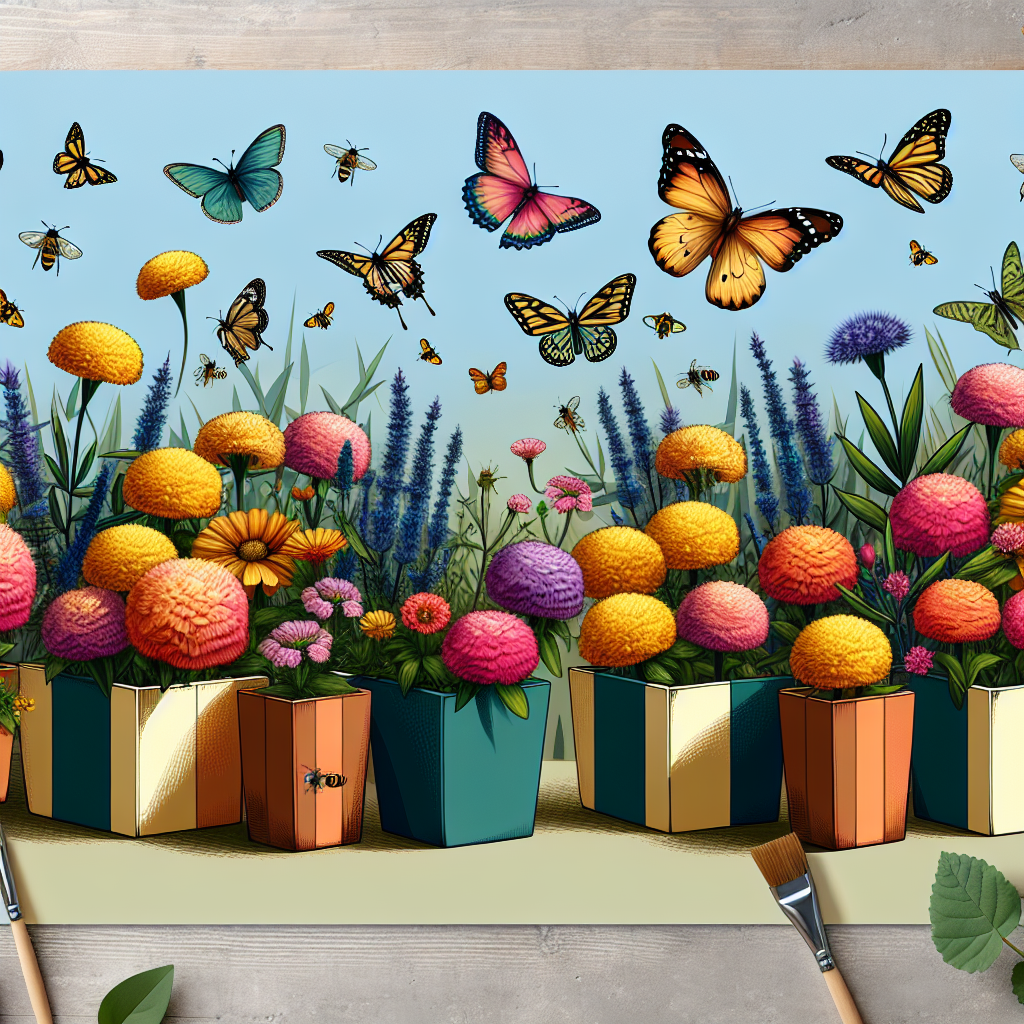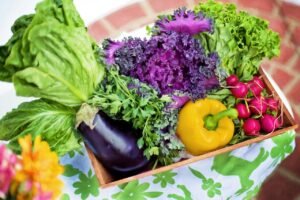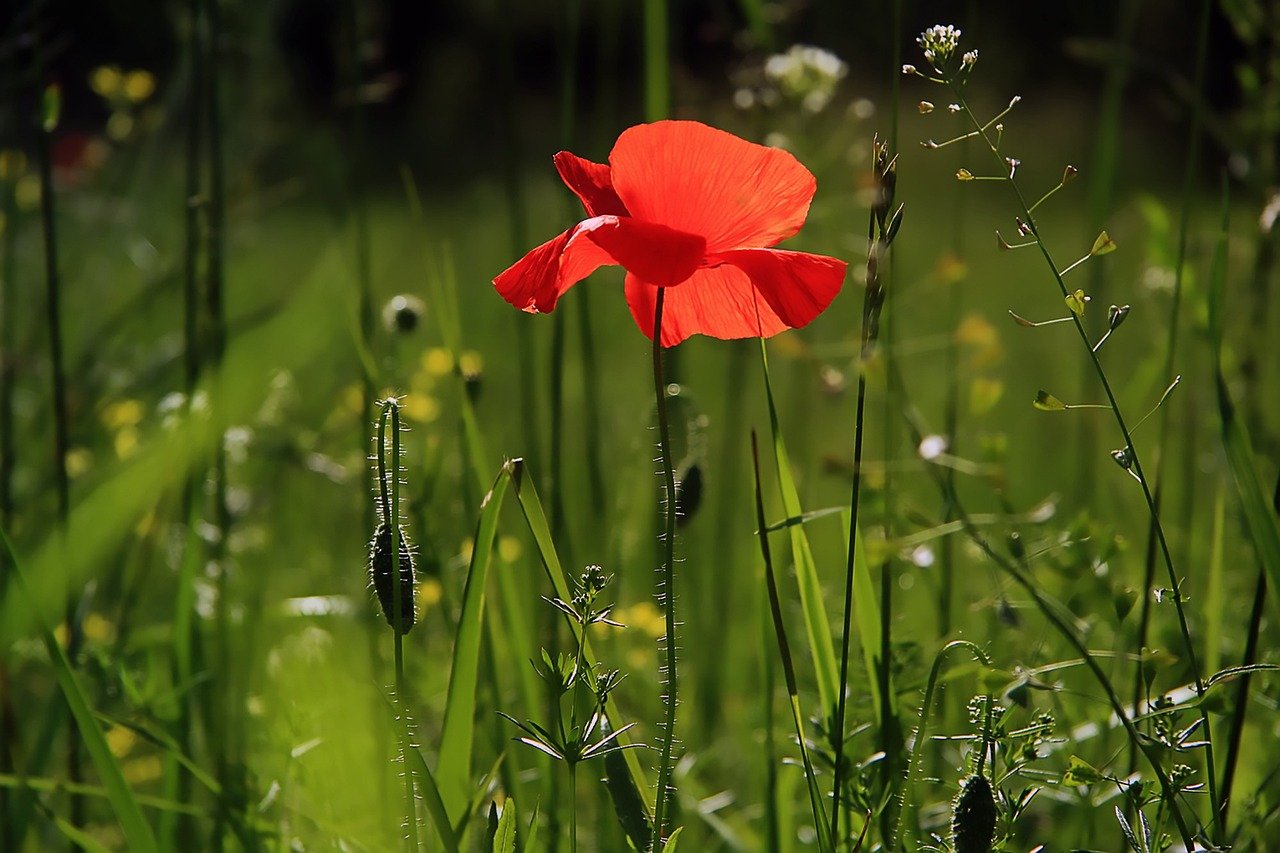
Are you passionate about helping pollinators thrive and looking for ways to create a welcoming habitat for them in your own backyard? Look no further than container gardening! If you have limited space or simply prefer the convenience of gardening in pots, a pollinator-friendly container garden is the perfect solution. By selecting the right plants and providing a suitable environment, you can attract bees, butterflies, and other vital pollinators to your garden, ensuring the continued health and diversity of our ecosystems. Discover the joy of container gardening and the wonders it can bring to your doorstep as you play a vital role in supporting these invaluable creatures.
Choosing the Right Container
Size of the Container
When choosing a container for your pollinator-friendly garden, it’s important to consider the size. Ideally, you want a container that is large enough to accommodate the root systems of your chosen plants. This will ensure that they have enough space to grow and flourish. Additionally, a larger container will require less frequent watering, as it will retain moisture for a longer period. However, it’s essential to keep in mind the limitations of your available space, as well as the weight of larger containers.
Material
The material of your container plays a crucial role in maintaining the health of your plants. Plastic containers are lightweight and affordable, but they may not have good insulation against extreme temperatures. Terracotta containers, on the other hand, are more aesthetically pleasing and offer better breathability for the roots. Ultimately, the choice of material depends on your personal preference, location, and the specific needs of your plants.
Drainage
Proper drainage is vital to prevent excess water from accumulating and causing root rot. When selecting a container, look for one that has drainage holes in the bottom. Additionally, consider placing a layer of gravel or small stones at the bottom of the container to improve drainage. This will allow water to flow freely through the soil, keeping your plants healthy and preventing waterlogged roots.
Color
While the color of your container may seem like a purely aesthetic consideration, it can actually have an impact on the well-being of your plants. Dark-colored containers absorb and retain more heat, which can be beneficial in cooler climates or during the early stages of plant growth. Light-colored containers, on the other hand, reflect sunlight and can help keep the roots cool in hot climates or during the summertime. Consider the local climate and the specific needs of your plants when selecting the color of your container.
Selecting the Right Plants
Native Plants
Choosing native plants for your container garden is essential for attracting local pollinators. Native plants have co-evolved with native pollinators and are more likely to provide the necessary habitat and food sources. Research the native plants in your area that are attractive to pollinators, such as butterfly milkweed, purple coneflower, and bee balm.
Flowering Period
To ensure a continuous supply of nectar throughout the growing season, it’s important to select a variety of plants with staggered flowering periods. This will provide food for pollinators from early spring through late fall. Consider including both early-blooming and late-blooming plants in your container garden to support different pollinator species throughout the year.
Annuals vs. Perennials
Annual plants complete their life cycle within one growing season, while perennials live for multiple years. By including a mix of annuals and perennials in your container garden, you can provide a reliable food source for pollinators while also enjoying different colors and varieties. Annuals tend to bloom abundantly and provide immediate gratification, while perennials provide long-term stability and are less labor-intensive.
Variety of Flowers
A diverse range of flower shapes and colors will attract a wider variety of pollinators. Different pollinators are attracted to different types of flowers, so having a mix of colors, sizes, and shapes will ensure you’re catering to a broad range of pollinators. A combination of tubular flowers for hummingbirds, flat flowers for butterflies, and composite flowers for bees will provide a buffet of nectar for all.
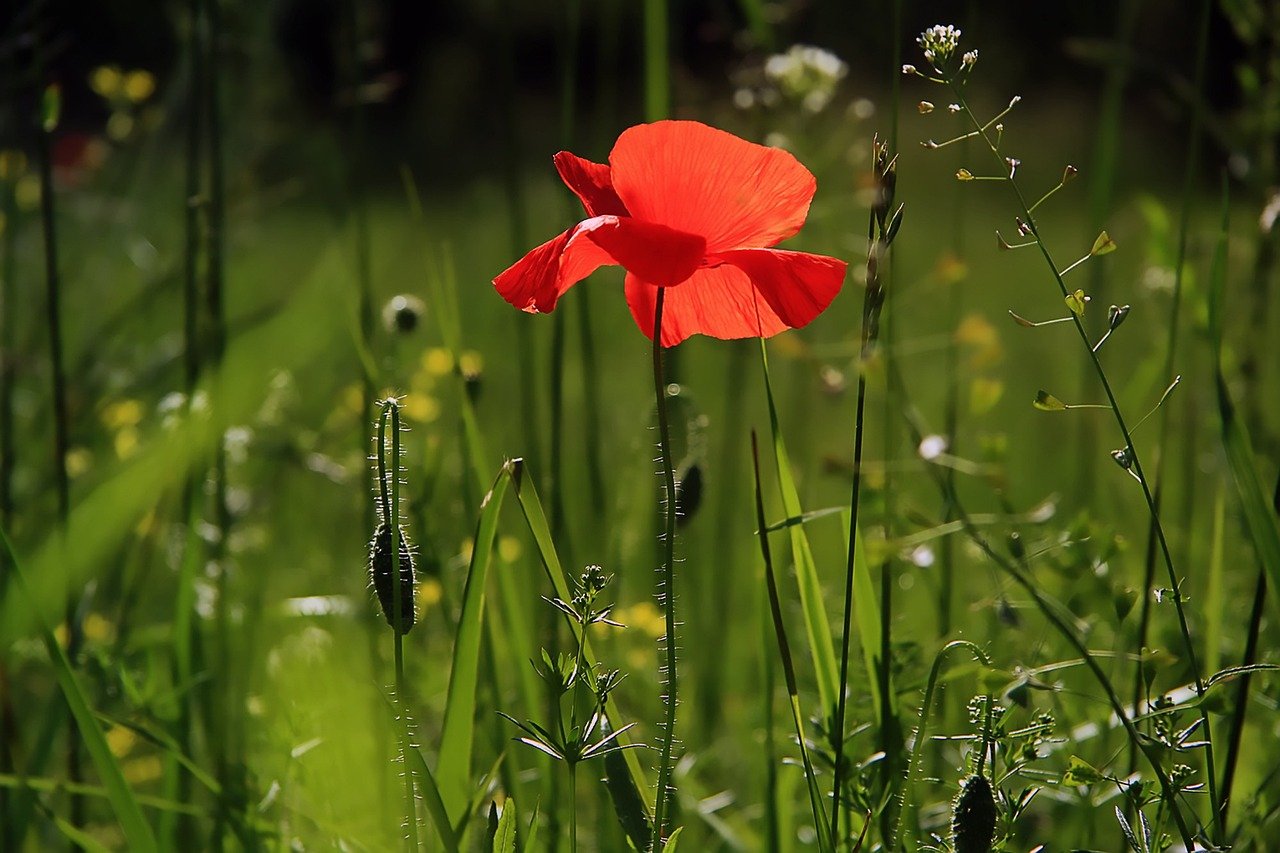
Creating the Ideal Growing Environment
Location
Choosing the right location for your container garden is crucial for the success of your pollinator-friendly oasis. Most pollinator-friendly plants require at least six hours of sunlight per day, so find an area that receives adequate sunlight. Additionally, consider the proximity to sheltered spots or wind barriers to protect delicate plants from harsh weather conditions.
Light Requirements
Understanding the light requirements of your plants is essential for optimal growth. Some plants thrive in full sun, while others prefer partial shade. Take into account the specific light needs of the plants you have chosen for your container garden and select a location that meets those requirements. Remember, too much shade can hinder flowering and attract fewer pollinators.
Soil Type
Different plants have different soil preferences, so it’s important to choose the right potting mix for your container garden. Opt for a well-draining mix that retains moisture without becoming waterlogged. Consider adding organic matter or compost to improve the soil structure and provide essential nutrients to your plants. Regularly monitor the moisture levels and adjust watering accordingly to maintain the health of your plants.
Fertilizer and Compost
Proper nutrition is crucial for the health and vitality of your pollinator-friendly plants. Consider using organic fertilizers, such as compost or well-balanced slow-release fertilizers, to provide a steady supply of nutrients. Avoid over-fertilizing, as it can lead to excessive foliage growth at the expense of flowers. Regularly monitor your plants for signs of nutrient deficiencies and adjust your fertilization routine accordingly.
Providing Water Sources
Watering Schedule
Establishing a regular watering schedule is essential for the well-being of your container garden. Different plants have different water requirements, so it’s important to research the specific needs of your chosen plants. Monitor the moisture levels in your containers regularly and adjust your watering schedule based on the weather conditions and the needs of your plants. Remember, overwatering can be just as detrimental as underwatering.
Water Features
Including water features, such as a bird bath or a shallow dish filled with water, can provide additional water sources for pollinators. Butterflies, bees, and other pollinators often rely on these water sources to quench their thirst. Ensure that the water source is easily accessible and shallow enough for pollinators to safely land and drink from. Keep the water clean and change it regularly to prevent the breeding of mosquitoes.
Puddling Area
Creating a small, shallow puddling area can attract butterflies and other pollinators that require additional minerals and nutrients. Mix some sand, soil, and organic matter in a shallow depression in your garden. Keep it moist and maintain a consistent supply of water to create an inviting puddling site for butterflies. This provides necessary minerals for the pollinators while adding beauty and charm to your container garden.
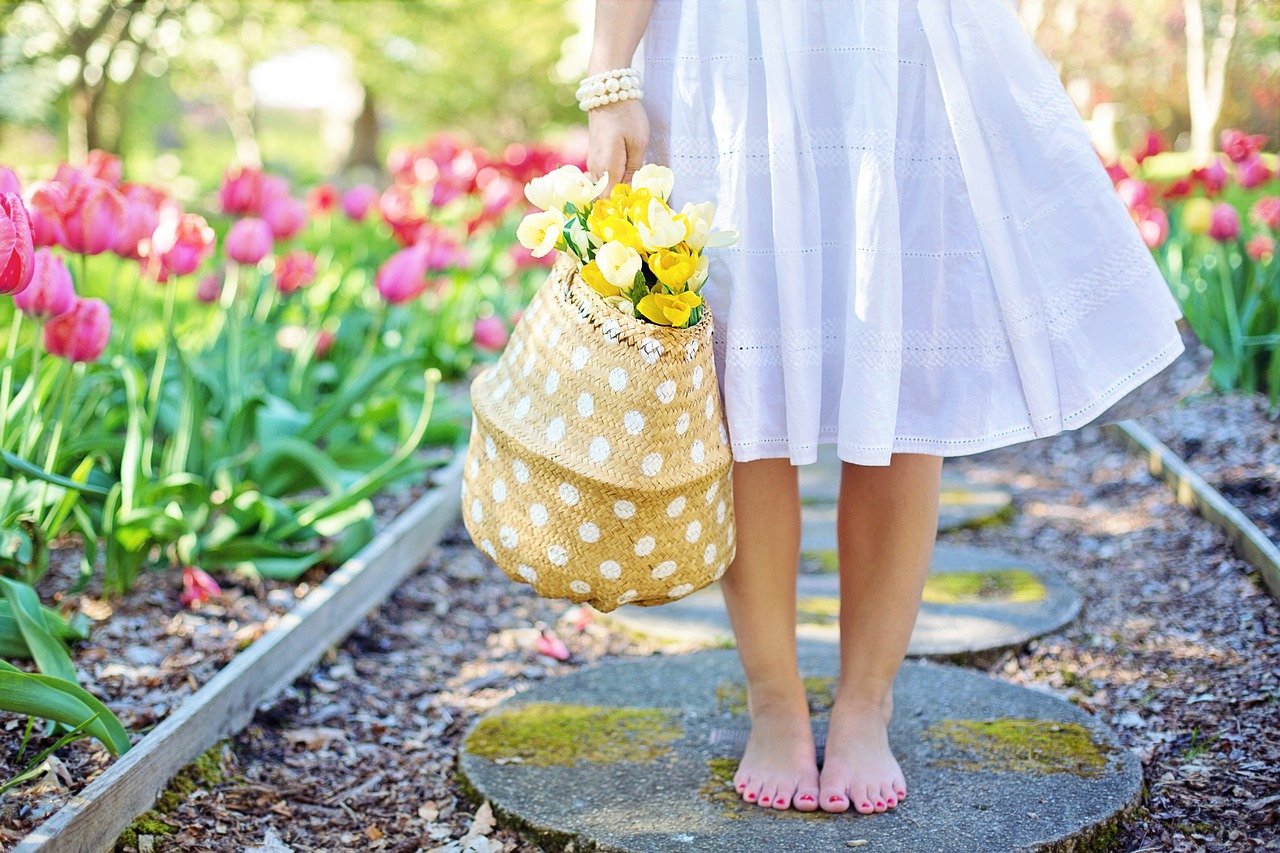
Attracting Pollinators
Butterflies
Butterflies are attracted to brightly colored flowers with flat landing pads. Include nectar-rich plants, such as zinnias, verbena, and butterfly bush, to entice these graceful pollinators. Additionally, consider planting host plants like milkweed to provide a habitat for butterfly larvae (caterpillars) and ensure a continuous presence of these enchanting creatures in your garden.
Bees
To attract bees, focus on including flowers that provide abundant nectar and pollen. Bees are particularly attracted to blue, purple, and yellow flowers, like lavender, salvia, and sunflowers. Additionally, consider planting a variety of flower shapes, as bees have different tongue lengths and prefer different types of flowers. Providing a diverse range of flowers will cater to the needs of various bee species.
Hummingbirds
Hummingbirds are attracted to tubular-shaped flowers that provide easy access to nectar. Include vibrant-colored flowers such as bee balm, columbine, and petunias to catch the attention of these tiny avian pollinators. Planting a few hummingbird feeders within your container garden can also supplement their nectar needs during periods of low flower availability.
Other Pollinators
In addition to butterflies, bees, and hummingbirds, there are numerous other pollinators that play a vital role in the ecosystem. Include plants that attract other pollinators such as moths, beetles, and flies. Flowers like evening primrose, yarrow, and sweet alyssum are known to attract a variety of pollinators, ensuring a diverse and thriving garden.
Avoiding Pesticides
Integrated Pest Management
Integrated Pest Management (IPM) is a holistic approach to pest control that focuses on prevention, monitoring, and control methods that are least harmful to the environment. By choosing pest-resistant plants, regularly inspecting your plants for pests, practicing good hygiene, and using natural pest control methods, you can minimize the need for harmful pesticides.
Natural Pest Control Methods
Instead of relying on chemical pesticides, consider using natural pest control methods to tackle common garden pests. For example, introducing beneficial insects like ladybugs, lacewings, and parasitic wasps can help control aphids and other insect pests. Additionally, you can create homemade organic sprays using ingredients like neem oil, soap, or garlic to repel pests and deter infestations.
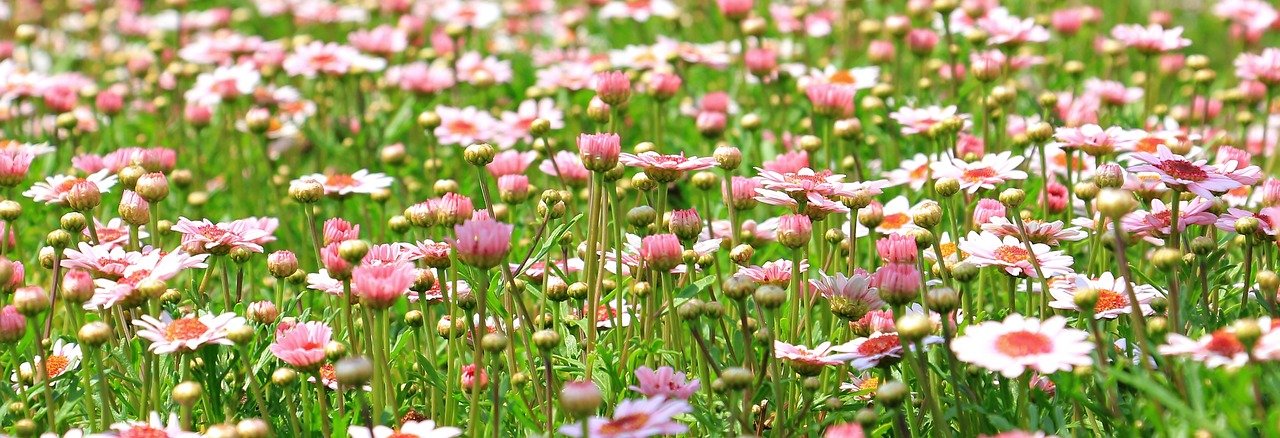
Taking Care of your Container Garden
Regular Maintenance
To keep your container garden thriving, regular maintenance is essential. Monitor your plants for signs of pests, diseases, or nutrient deficiencies. Remove weeds promptly to prevent competition for resources. Trim and remove dead or damaged leaves and flowers to promote healthy growth. By staying vigilant and addressing issues promptly, you can maintain a beautiful and productive container garden.
Pruning and Deadheading
Pruning and deadheading are important tasks to encourage continuous blooming and maintain the shape and size of your plants. Regularly prune back overgrown branches and stems to promote bushier growth. Deadhead spent flowers to prevent seed production and divert the plant’s energy towards producing more flowers. Pruning and deadheading also help prevent diseases and invigorate the growth of your plants.
Overwintering
In colder climates, overwintering your container garden is crucial to protect your plants from freezing temperatures. Move sensitive plants indoors or to a sheltered area, such as a garage or basement, before the first frost. Mulch your perennials and provide adequate insulation to protect their roots. Make sure to monitor your plants during the winter months and provide occasional water if the soil becomes too dry.
Expanding Your Garden Space
Vertical Gardening
Vertical gardening is an excellent way to maximize growing space and add visual interest to your container garden. Utilize trellises, arbors, or vertical planting systems to grow climbing or vining plants such as morning glories, cucumbers, or tomatoes. Vertical gardening also provides opportunities for pollinators to access flowers at different heights, attracting a wider range of beneficial insects.
Hanging Baskets
Hanging baskets are an easy and convenient way to add more plant diversity to your container garden. Choose trailing plants like fuchsias, trailing petunias, or bacopa to cascade down from the baskets. Hang them at different heights to create visual interest and attract pollinators to various levels in your garden. Ensure that the baskets have proper drainage to prevent waterlogging and promote healthy growth.
Grouping Containers
Grouping containers together creates a visually striking display while providing a microclimate that is beneficial for your plants. By clustering containers, you can create shade, protect against strong winds, and maintain humidity levels. This can be particularly beneficial for plants with similar light and moisture requirements. Additionally, grouping containers can help attract more pollinators to a concentrated area, increasing pollination rates and overall garden success.
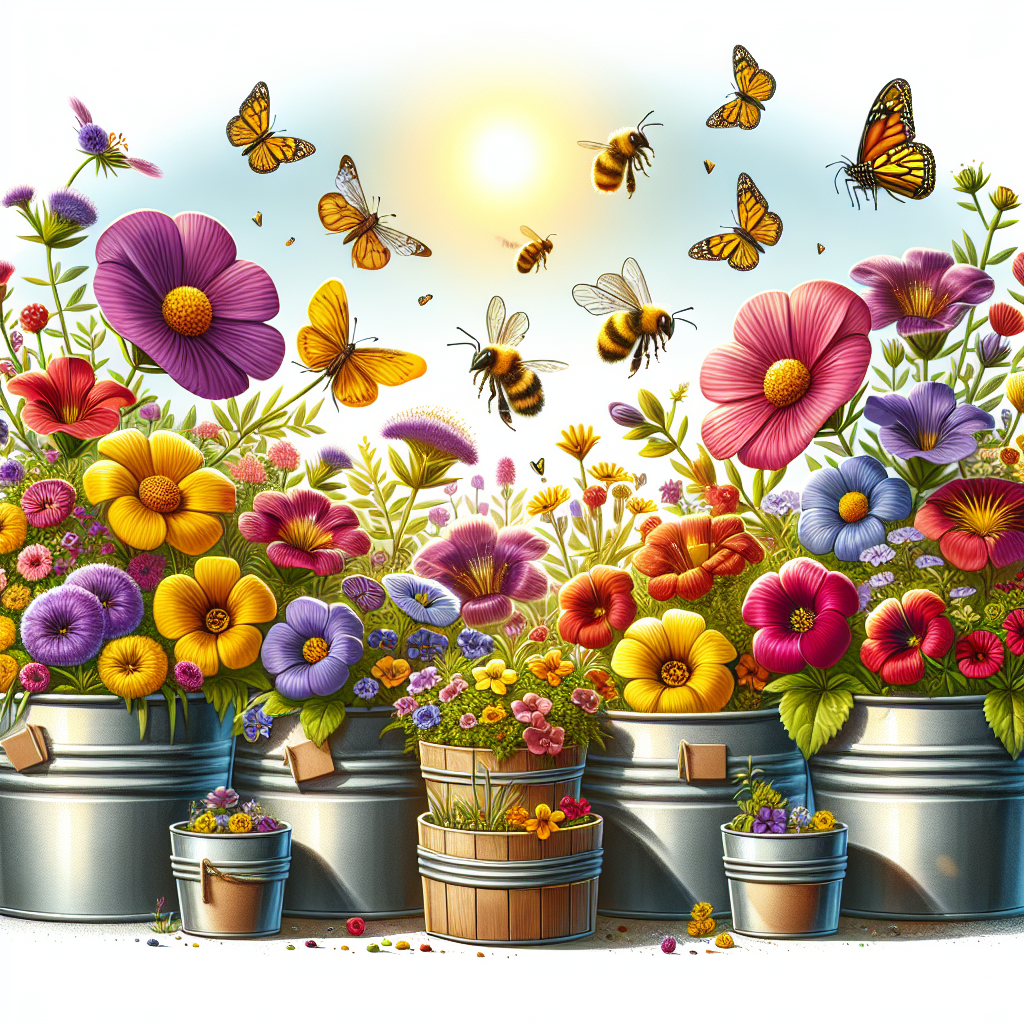
Educating Others About Pollinators
Organizing Workshops and Events
Share your knowledge and passion for pollinator-friendly gardening by organizing workshops and events in your community. Offer educational sessions where you can provide hands-on guidance on container gardening techniques specifically tailored to attract pollinators. Encourage participants to get involved by growing their own pollinator-friendly container gardens and offer ongoing support and advice.
Sharing Knowledge with Others
Spread the word about the importance of pollinators and container gardening through various channels such as social media, local gardening clubs, and community outreach programs. Share your experiences, tips, and success stories to inspire others to create their own pollinator-friendly container gardens. Engage in conversations, answer questions, and be an advocate for pollinator conservation in your community.
Tracking the Success of Your Garden
Observation and Documentation
Regular observation and documentation of your container garden will help you track its progress and identify any areas for improvement. Take notes on plant growth, flowering patterns, and the number and diversity of pollinators visiting your garden. Observe any changes in plant health, pest or disease occurrences, and adjust your maintenance practices accordingly. Documenting this information will allow you to fine-tune your gardening techniques for future success.
Pollinator Counts
Conducting pollinator counts is an effective way to assess the impact of your container garden on local pollinator populations. Choose specific timeframes, preferably during peak activity, and count the number and types of pollinators visiting your garden. This information will not only help you evaluate the effectiveness of your garden but also contribute to citizen science initiatives and raise awareness about pollinator conservation.
Evaluation and Improvements
Regularly evaluate your container garden and identify areas that can be improved. Assess the success of different plant combinations, flower varieties, and gardening techniques. Explore new plants that may attract different pollinators or promote a more diverse ecosystem. By continually assessing and making improvements, you can create an even more attractive and successful pollinator-friendly container garden.
By following these guidelines for creating a pollinator-friendly container garden, you can not only beautify your surroundings but also contribute to the conservation of vital pollinators. Enjoy the process of selecting the right container, plants, and growing environment to suit your unique space and style. With the right care and attention, your container garden will thrive, attracting a wide variety of pollinators that will bring life and color to your outdoor sanctuary.
